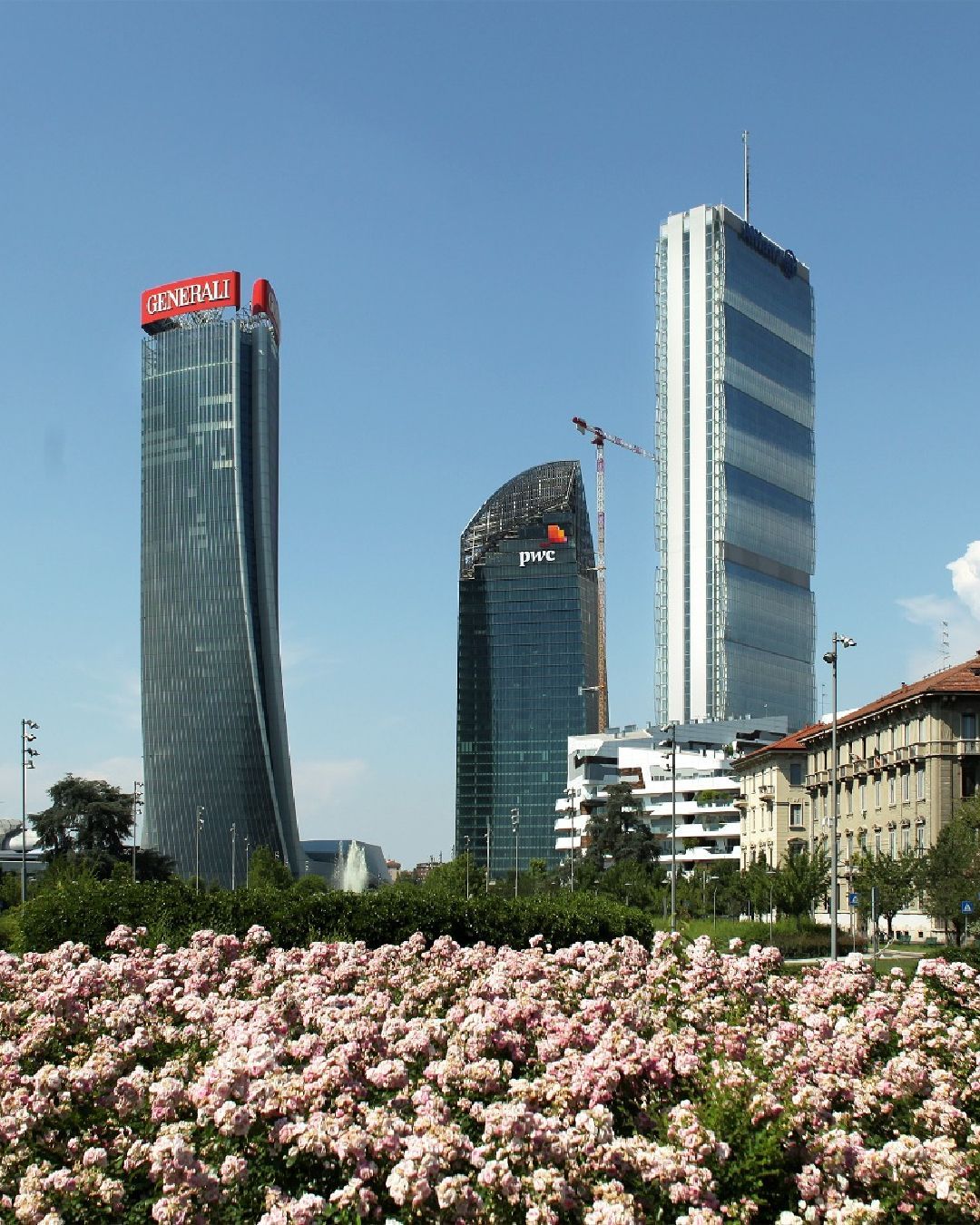
In the past eight years, Milan's house prices have almost doubled But the average income of inhabitants only grew by 5 per cent
Following the Expo of 2015, growth in Milan has been exceptional, but at the same time, house prices have also risen sharply. One reason for this is that the city's economy is increasingly robust, which makes it very attractive for workers and companies, but also for those who want to invest in real estate. The metropolitan city of Milan alone produces almost half of the GDP of Lombardy and 10% of Italy's GDP. The capital's income is growing very fast, having risen over 6 percentage points from 2019 to 2022, against an Italian average of 0.7%. In just under ten years, the average income of Milan's inhabitants has grown by only 5%.
«Although there are more expensive European cities, this is the city with the worst price-income ratio. We have more or less the rents of Munich, but we don't have the same salaries at all. This is the great anomaly of Milan,» says Tomaso Greco, editor, and activist who fights for an affordable Milan. The city is small compared to other large Italian cities, which does not help the real estate sector: there are not enough houses to meet demand, and new construction contributes to rising prices. All this only increases inequality, as more and more people have an income too high for public housing, but too low for the market. In Milan, the price per square meter of houses for sale today is more than double the Italian average, and it is more or less the same for those for rent. But the exceptionality of Milan is that, while in Italy house prices have been falling for years, here they are rising even in the suburbs, not just in the center. Renting a flat in an area considered "popular" in Milan now costs the same as a house in the center of Florence or Parioli, in Rome. Even though the quality of available homes in Milan is on average low, in 2022 house purchases and sales were about twice as high as in 2015, and today it takes half as long to sell one than in the pre-Expo period. But, as Bloomberg reports, the city's real estate market has also grown as a result of so-called "high net worth individuals", namely high-income foreigners who choose to move to Italy to take advantage of the tax-advantaged regimes, especially in the finance sector; many managers and executives are leaving London to move to Milan. «The city has become a popular landing point for financial workers leaving London in the wake of Brexit,» Bloomberg points out. In this case, its location helps a two-hour flight to London and an hour to Frankfurt, another important financial center.
In Il Sole 24 Ore's annual quality of life ranking, Milan is one of the cities that have lost the most positions in just 12 months, dropping from second to eighth place. Weighing on the ranking is above all the high rent costs, which can take up 60% of the average person's income. Again, there is a shortage of houses compared to demand, on the one hand, due to the small size of the city, and on the other due to the large number of students from out-of-town (around 70,000), who take up more or less 7,000 flats. To these two phenomena must be added a certain narrative that is being made - or was made, because now everyone seems to be hating Milan - about the city: there is much talk of Milan as a role model, and in part it is, but this characteristic has ended up weighing on housing costs, even in once affordable neighborhoods. This is the case in the Giambellino area, in the south-west of the city, or Nolo (NOrth of LOreto), in the north-east, where a few years ago a flyer appeared in the streets of the neighborhood saying «Nolo, or the stupidity of the poor who, pretending to be rich, have raised their prices themselves.» The promotion, visibility, and initiatives that have been made in these areas, albeit with noble intent, have led real estate developers to raise prices. The market is very much influenced by expectations, and even limited redevelopment interventions almost automatically produce alterations in the sale and rental prices of homes.
Milan, according to various studies, is the city in Italy with the highest inequality in income distribution. In the Lombard capital, about 40% of the neighborhoods are no longer affordable for a family with an average income, because the balance between salary and housing costs is completely skewed. The problem is that all these dynamics are linked to market trends, and it is difficult for politics to intervene without restricting private initiative. «The situation is an emergency. An immediate instrument is needed, and the most effective one could be deductions,» continues Greco, who refers to those tax breaks that decrease the overall taxes to be paid to the state during tax returns. «In Italy, there is already a policy of rent deductions, but it has ceilings that are too low here to be used. We should therefore raise them in Milan, to make them compatible with the cost of living in the city - both in terms of how much can be deducted annually and in terms of the maximum income to be able to access the measure.»














































